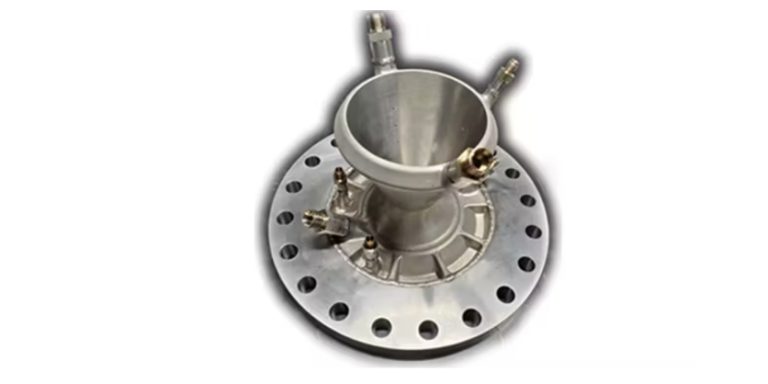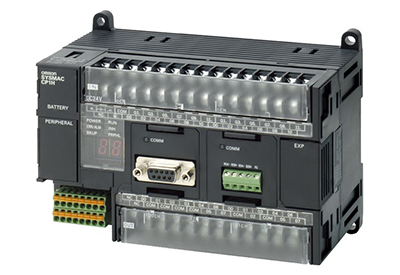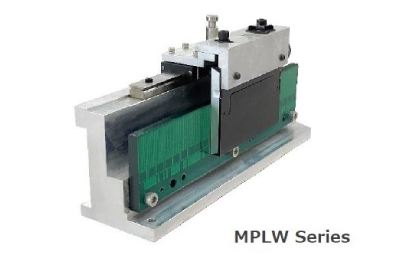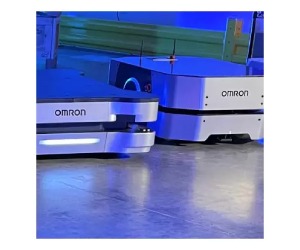PSENslock 2: Switch to the New Generation Now
February 20, 2025
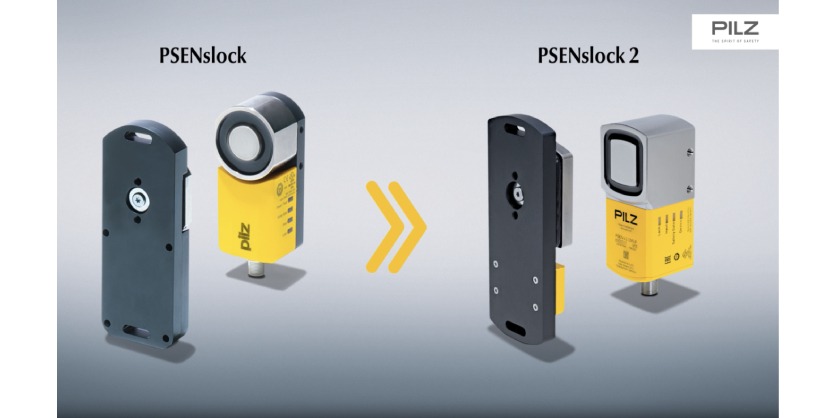
Safety locking device PSENslock 2 – Generational change made simple!
Already using the electromagnetic safety locking device PSENslock? Then you’ll be convinced by the new generation PSENslock 2, which offers you even more features and can be integrated to fit your application precisely. In the video you’ll see how you can quickly and easily replace the safety locking device PSENslock with the new generation PSENslock 2.
Features and benefits:
- Identical dimensions and drill holes enable seamless integration
- Optimised design prevents the accumulation of dirt and dust
- Special stainless steel versions enable a wider range of applications
- Reliable process protection with a holding force of up to 2000 N
- Intelligent diagnostics in series connection via Safety Device Diagnostics (SDD): less wiring needed thanks to safe series connection up to PL e
- Can be adapted to individual requirements through adjustable latching force via configuration key “Config Key”
- New version that safely monitors the holding force for personnel protection: can be used up to PL d, Cat. 2; locking force F1max: 2000 N (FZH 1000 N).
More Information
Learn more about PSENsLock 2
Related Product
New Compact Safety Gate System PSENmgate from Pilz
Miniaturization is an important aspect of industrial transformation. It ensures efficient and sustainable processes. Because “smaller” solutions save space and energy. Pilz supports this aspect with safe sensor technology solutions, among others: The new safety gate system PSENmgate combines the classic safety locking device PSENmlock and the control element PITgatebox from Pilz in a compact solution.

